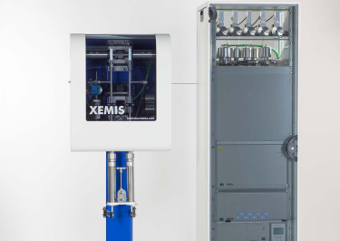Nanoporous materials include activated carbons, zeolites, aluminas, mesoporous silicas, and metal-organic frameworks. They can be characterized using adsorption but they also find widespread use as adsorbents in industrial applications.
Surface area, pore volume, and pore size distribution can all be determined by analyzing N2 adsorption data. In addition, depending on the material, Ar and CO2 adsorption can provide important complementary information.
When adsorbents are used for separating gases, their adsorption behavior as a function of temperature and pressure must also be characterized, to obtain working capacities, selectivities, and enthalpies of adsorption.



